Earth
Sign up for our newsletter
We summarize the week's scientific breakthroughs every Thursday.
-
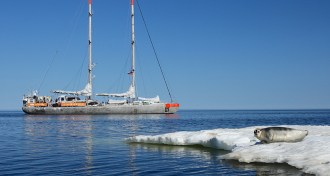 Oceans
OceansThe Arctic is a final garbage dump for ocean plastic
Ocean currents dump plastic garbage from the North Atlantic into previously pristine Arctic waters, new research shows.
-
 Oceans
OceansThe Arctic is a final garbage dump for ocean plastic
Ocean currents dump plastic garbage from the North Atlantic into previously pristine Arctic waters, new research shows.
-
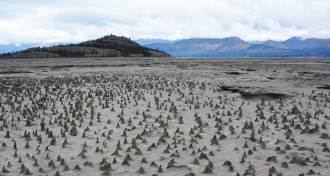 Earth
Earth‘River piracy’ on a high glacier lets one waterway rob another
The melting of one of Canada’s largest glaciers has rerouted meltwater from one stream into another in an instance of river piracy.
-
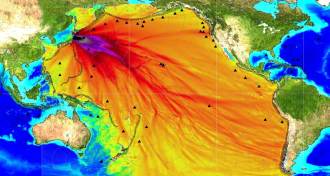 Oceans
OceansMore than one ocean motion determines tsunami size
The horizontal movement of the seafloor during an earthquake can boost the size of the resulting tsunami, researchers propose.
-
 Chemistry
ChemistryNew tech harvests drinking water from (relatively) dry air using only sunlight
A prototype device harvests moisture from dry air and separates it into drinkable water using only sunlight.
-

-
 Ecosystems
EcosystemsVolcanic eruptions nearly snuffed out Gentoo penguin colony
Penguin poop dumps data on how a Gentoo colony responded to ancient volcanic eruptions.
-
 Ecosystems
EcosystemsVolcanic eruptions nearly snuffed out Gentoo penguin colony
Penguin poop dumps data on how a Gentoo colony responded to ancient volcanic eruptions.
-
 Climate
ClimateThe Great Barrier Reef is experiencing a major coral bleaching event right now
A second coral bleaching event has struck the Great Barrier Reef in 12 months, new observations reveal, raising concerns about the natural wonder’s future.
-
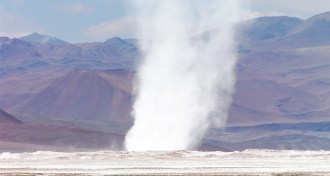 Earth
EarthWhirlwinds of crystals called gravel devils spotted in Andes Mountains
Large whirlwinds in northern Chile can carry gravel-sized gypsum crystals several kilometers before dumping them in mounds.
-
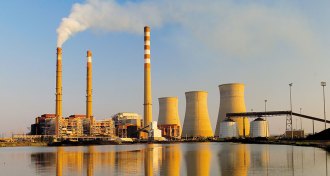 Environment
EnvironmentWhen coal replaces a cleaner energy source, health is on the line
Health concerns prompted a shift from nuclear power to coal. But that shift came with its own health troubles, a new study suggests.
-
 Oceans
OceansThinning ice creates undersea Arctic greenhouses
Arctic sea ice thinned by climate change increasingly produces conditions favorable for phytoplankton blooms in the waters below, new research suggests.